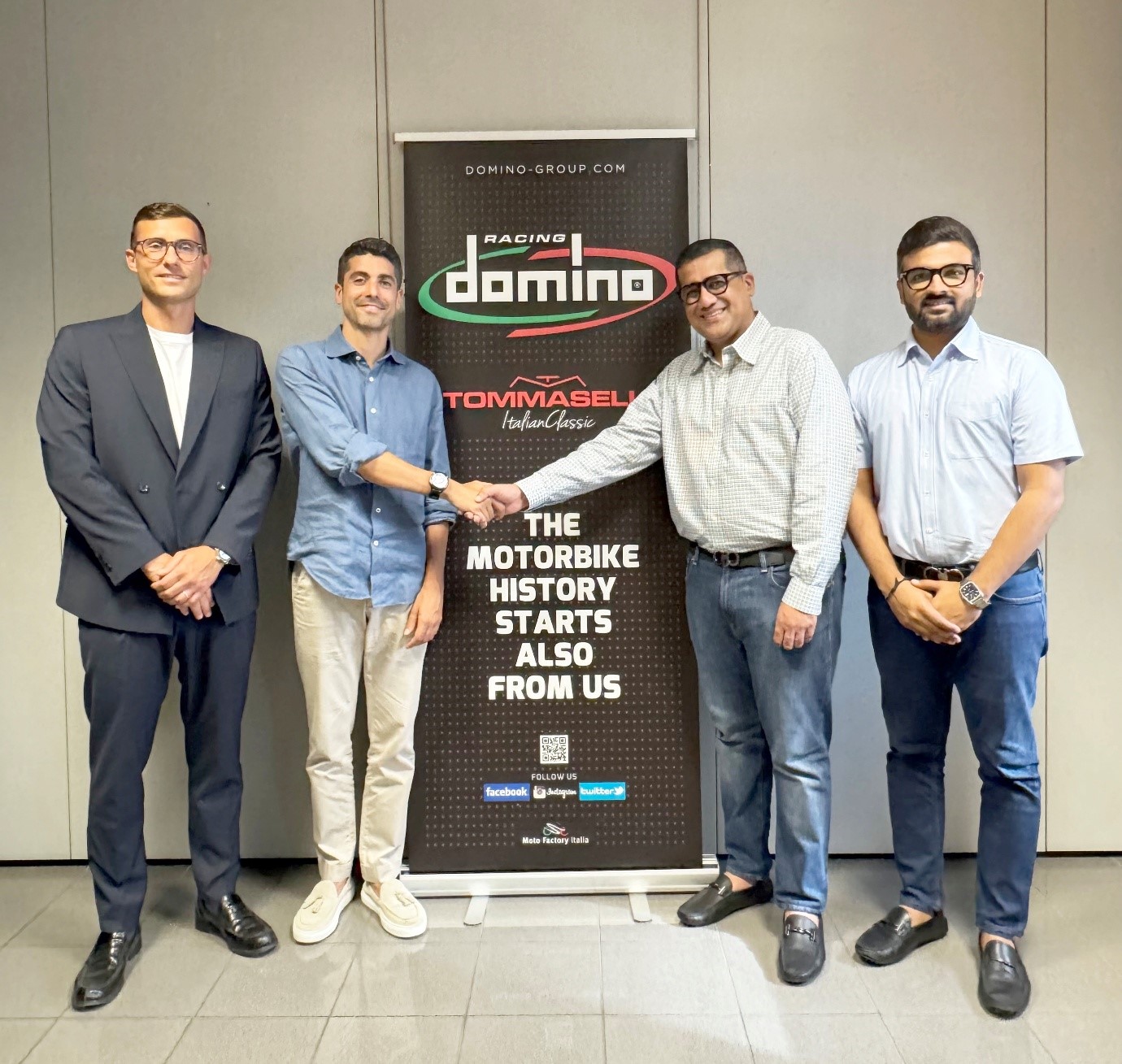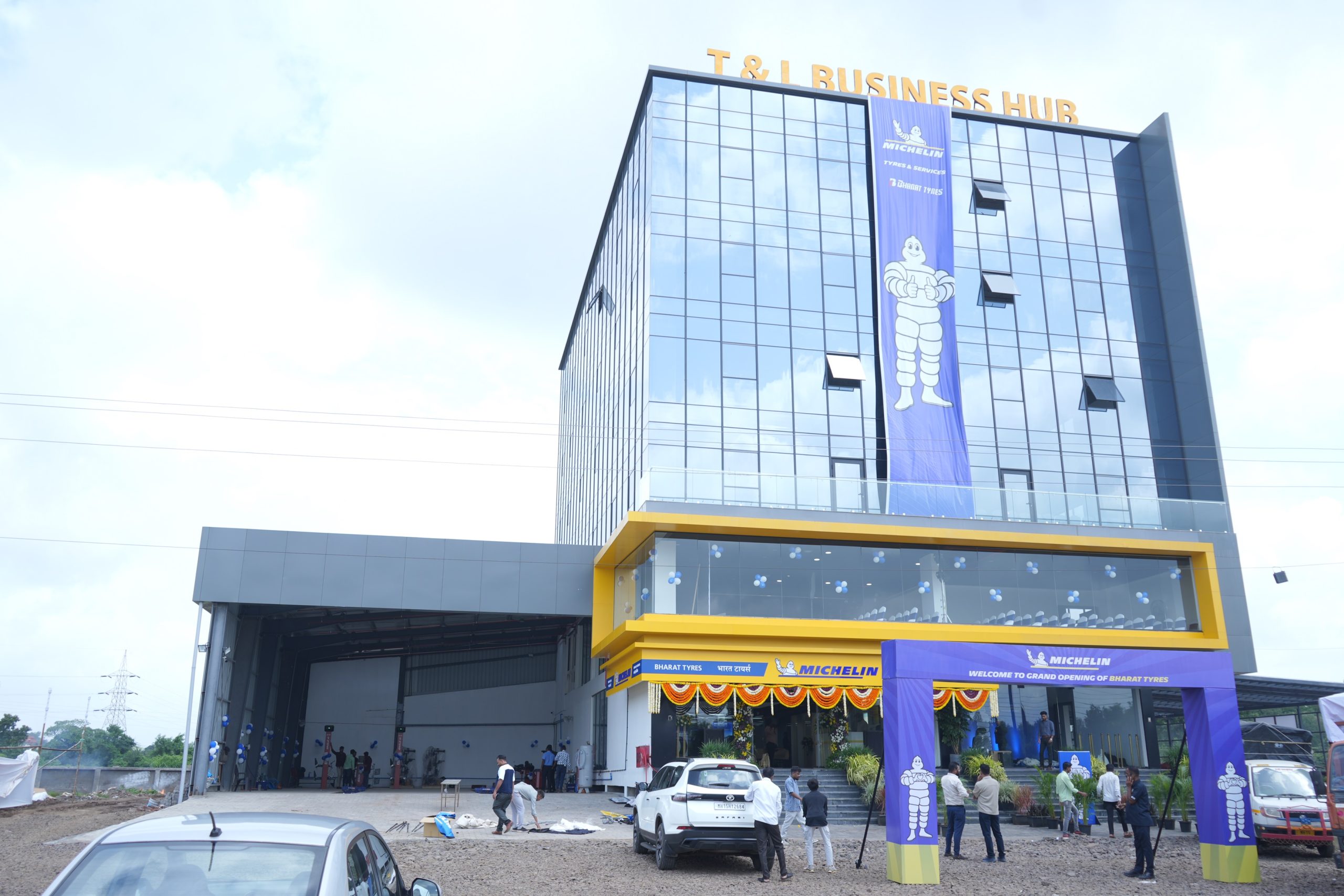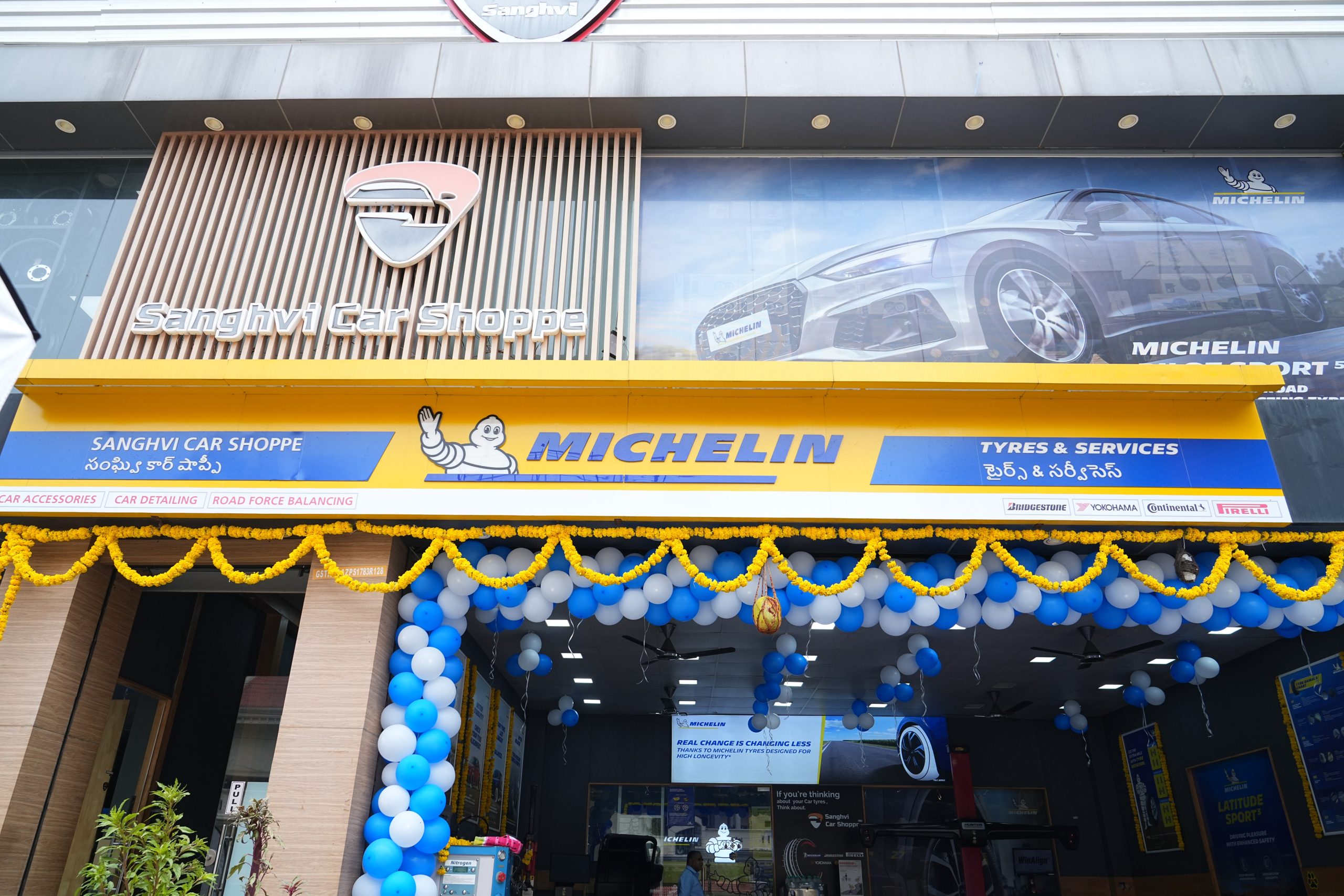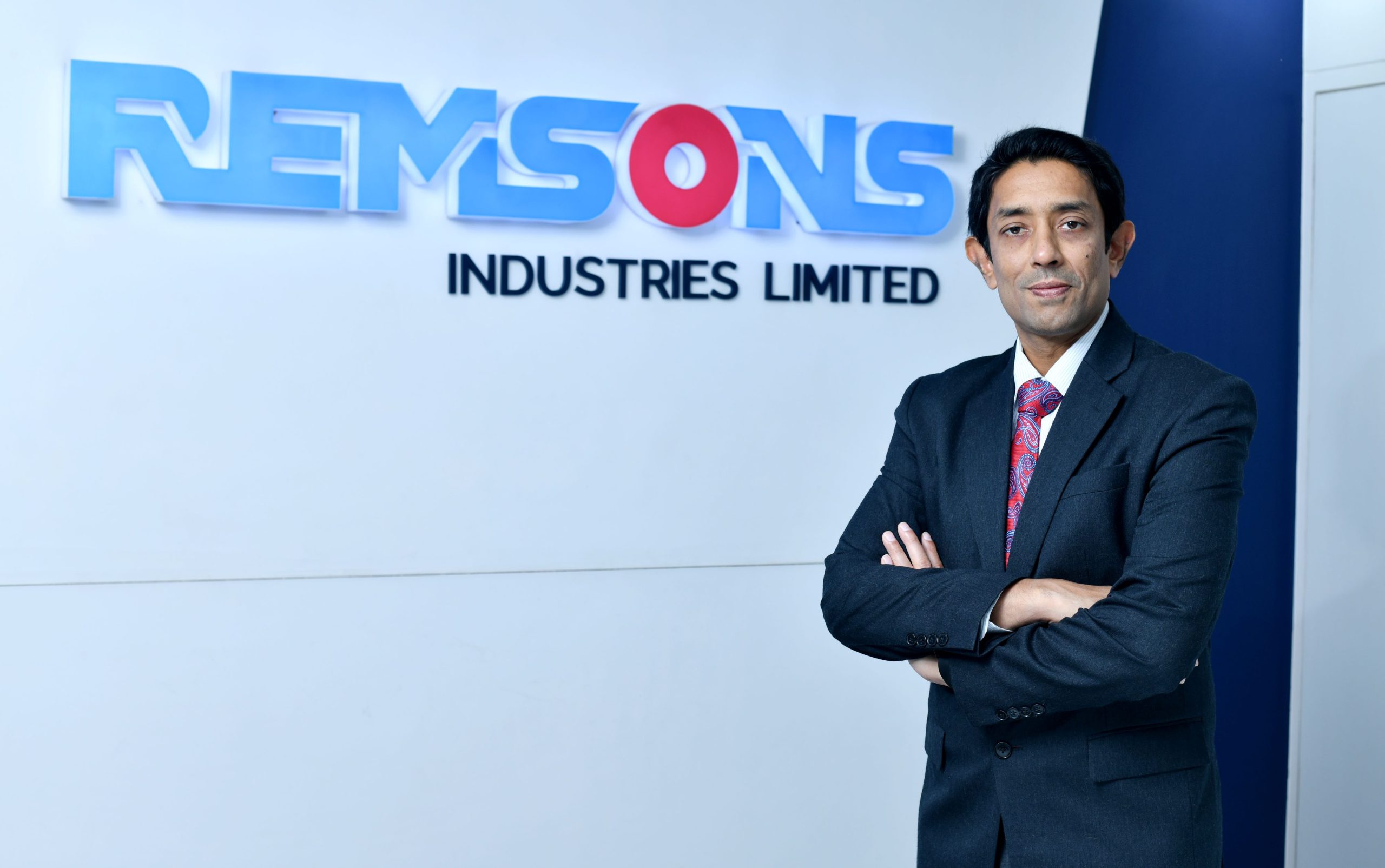SAE International published the J2601 standard, “Fueling Protocols for Light Duty Gaseous Hydrogen Surface Vehicles”, the light duty hydrogen fueling protocol which will serve as the baseline for fueling the first generation hydrogen Fuel Cell Electric Vehicle (FCEVs) with hydrogen. This standard will be used worldwide for hydrogen fueling stations.
“SAE J2601 enables a safe and quick hydrogen fueling experience for FCEVs,” according to Jesse Schneider, lead of the SAE J2601 and J2799 standards. He added: “SAE J2601 enables hydrogen stations to have a fueling time within 3-5 minutes. In addition, with a consistently high end state of charge resulting in, this standard fuels FCHEVs with resulting range of 300+ miles. With the current –state of the art –- FCEV 60% efficiency, the hydrogen fuel transfer is equivalent to 100-200 kWh electrical energy (depending on tank size). Therefore, SAE J2601 establishes FCEVs as the only zero emission vehicle technology to meet the same customer fueling and range expectations as conventional vehicles today.”
The standard J2601 fueling protocol uses a look-up table approach and an average pressure ramp rate which has been verified over the last 13 years. The SAE J2601 Standard fueling tables use a simple control where the dispenser fuels until the target pressure based on initial start conditions, giving a consistent hydrogen fueling. This protocol, termed the “J2601 standard fueling”, method has been validated from the laboratory with test tanks to the field with automaker hydrogen storage under extreme conditions on three continents with test tanks and vehicles. The data confirming this hydrogen fueling methodology -from automakers and hydrogen fuel providers- has been documented in the 2014 SAE World Congress Technical Paper (2014-01-1833).
J2601 standardizes hydrogen fueling for both 35MPa and 70MPa pressure classes. Obtaining extended driving ranges in FCEVs with hydrogen fueling is accomplished by compressing hydrogen to 70MPa (or H70). The speed of hydrogen fueling is directly related to the amount of cooling that the dispenser allows, to offset the heat of compression. Therefore, a H70-T40 fueling dispenser enables this fast-fueling by providing hydrogen fuel at -40C to the fuel cell vehicle. SAE J2601 has a number of updates from the previous Technical Information Report including “top-off” and “fall-back fueling” along with numerous improvements for robust operation at of the hydrogen dispenser.









Leave a Reply